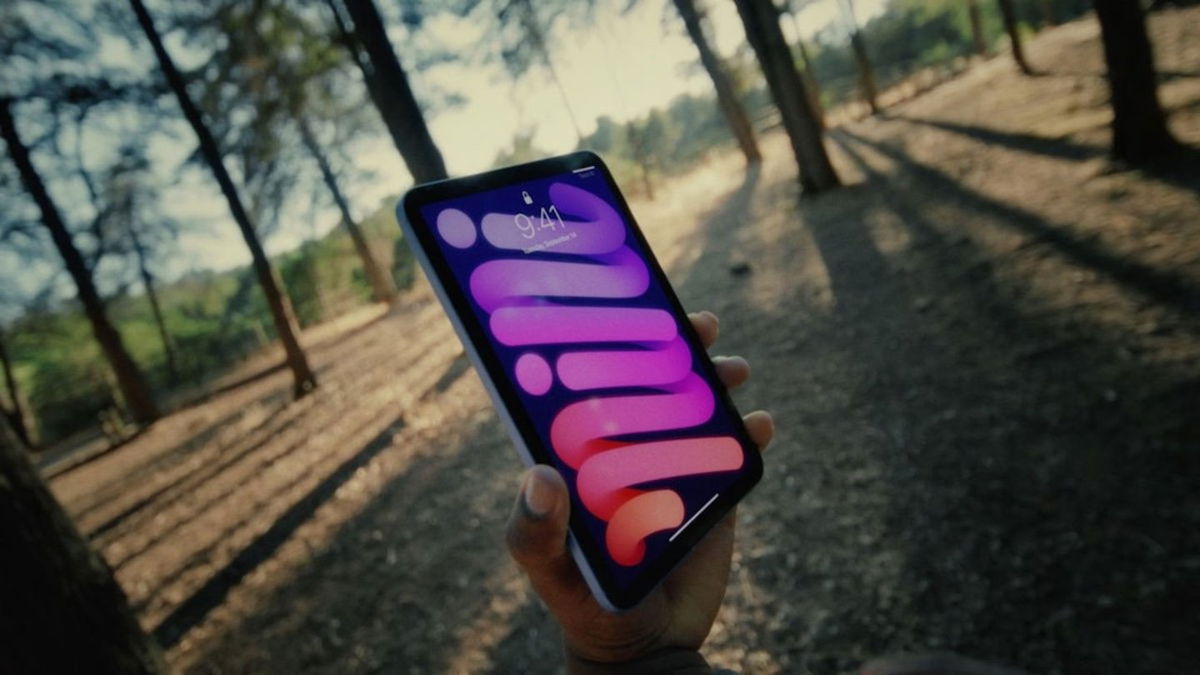If you’ve ever watched movies showing Earth from space or even seen official images from the United States National Aeronautics and Space Administration (NASA), You’ve probably noticed that the planet has a characteristic glow. For example, astronauts on the International Space Station (ISS) can observe an intense glow across the entire Earth’s horizon.
Any spacecraft that reaches within 250 miles (400 kilometers) of the Earth’s surface, such as the ISS, will allow observation of this glow. Typically, observers will see bands of light in green, red, purple, and yellow. This reaction is called atmospheric glow and its explanation is simpler than one might think..
You might think that this glow is caused by artificial lighting in the planet’s cities. But even if we turned off all the light sources at once, the glow would still be there. If it were possible, a native person living more than two thousand years ago would see the Earth glowing from space, just as a modern astronaut would see it; the main difference would be that there would be artificial lights, but the glow would not be from them.
“If you look down on Earth from just 400 kilometers above the surface, near the orbit of the International Space Station, you can see vibrant bands of red, green or purple and yellow light emanating from the upper atmosphere. This is atmospheric glow. The atmospheric glow is caused by atoms and molecules in the upper atmosphere being excited by sunlight and emitting light to release their excess energy.
To explain the reaction behind Earth’s brightness when viewed from space, I gathered information from experts and organizations that study the subject.
Why does the world shine?
Atmospheric glow, also known as airglow, is a reaction that occurs in the Earth’s atmosphere. When atoms and molecules in the upper atmosphere are hit by sunlight, they emit light to release excess energy. In some cases, luminescence also occurs when atoms and molecules are ionized by solar radiation and collide with and capture a free electron.
To simplify: When sunlight reaches the upper atmosphere, the excess energy is released as a flare, which can be noticed when observing Earth from space. The phenomenon most similar to this glow on the Earth’s surface is auroras; however, the scientific processes behind them are quite different.
In January, NASA released a photo taken directly from the International Space Station showing airglow. You can see bright bands of red, orange, and yellow in the image.
The ISS team used a long exposure so that the photo could capture both the atmospheric glow and the background stars. However, It’s possible to observe airglow with the naked eye at night—as long as you’re in space, of course. The image also includes part of the Pacific Ocean
“Airglow carries information about the temperature, density, and composition of the upper atmosphere, but it also helps us track how particles move across the region. Huge, high-altitude winds blow through the ionosphere, pushing its contents around the globe, and the subtle dance of airglow follows their lead, highlighting global patterns,” NASA explains.
Did you like the content? Share the article with your friends on social media and take the opportunity to learn how NASA’s suborbital rocket detected another electric field around the Earth. See you on Thursday!
Source: Tec Mundo
I’m Blaine Morgan, an experienced journalist and writer with over 8 years of experience in the tech industry. My expertise lies in writing about technology news and trends, covering everything from cutting-edge gadgets to emerging software developments. I’ve written for several leading publications including Gadget Onus where I am an author.












